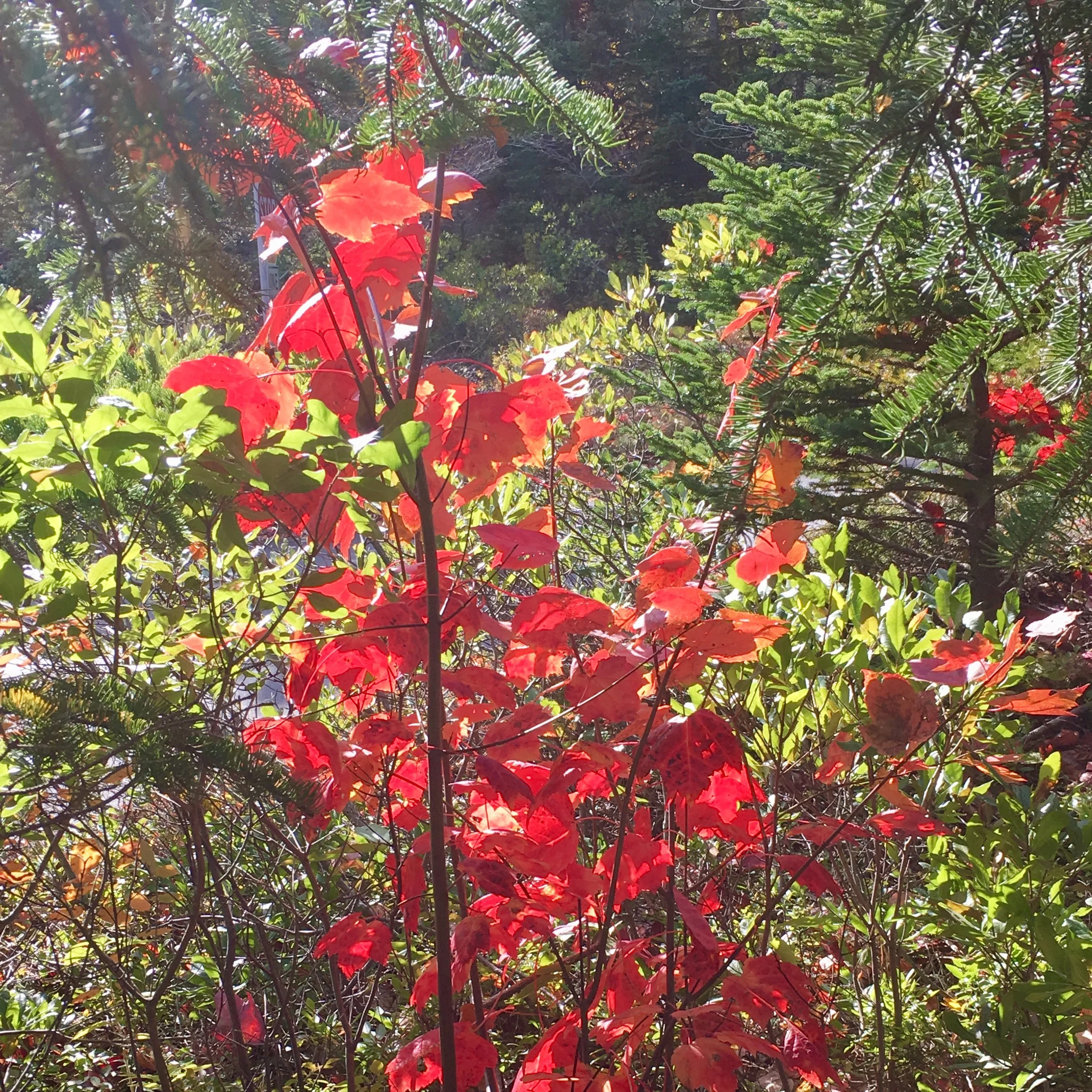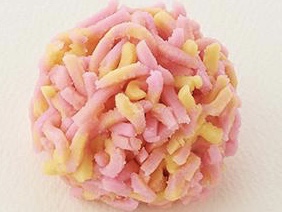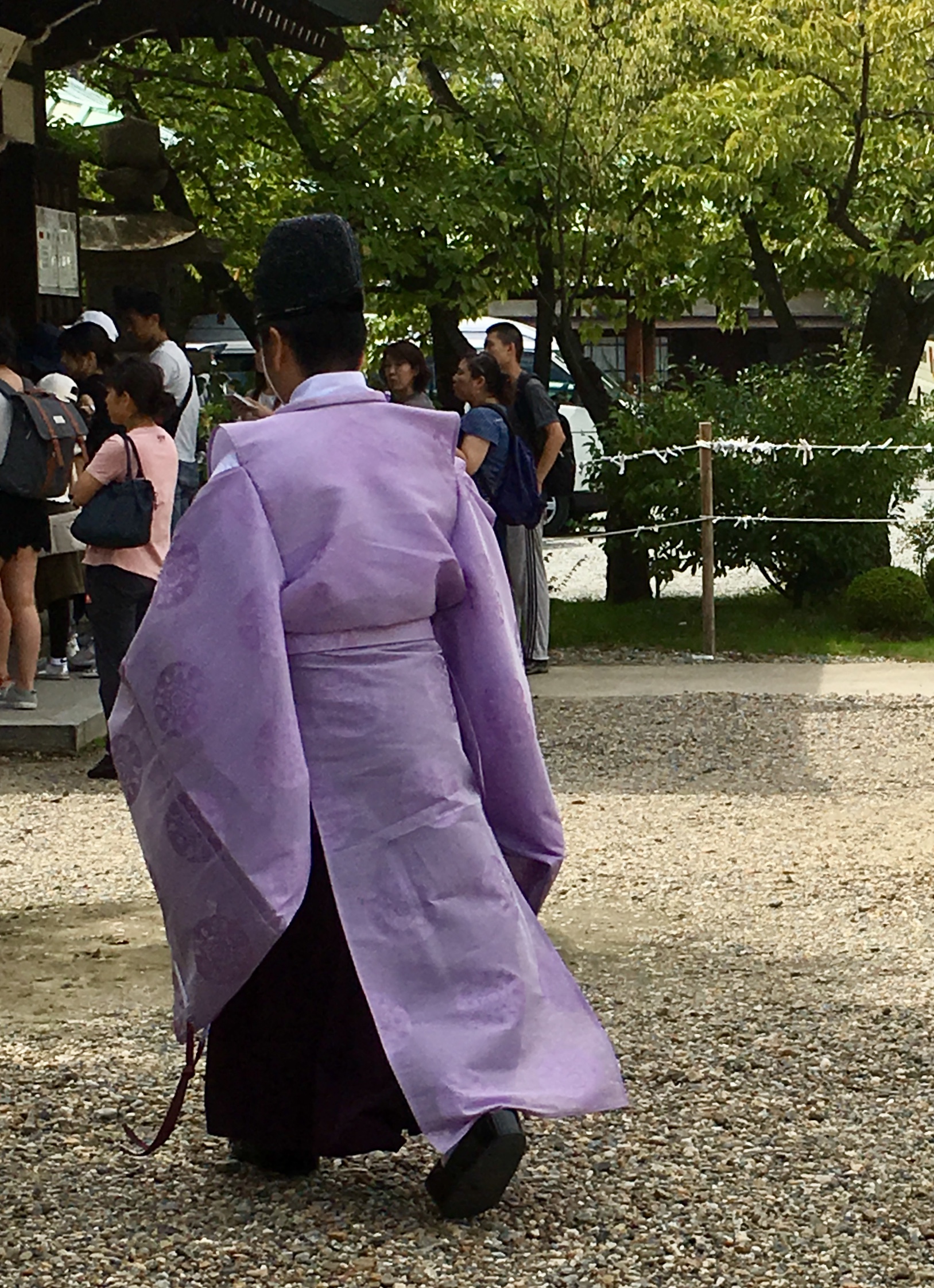Wagashi has always played a role in Japanese tea ceremonies albeit a supporting one. The purpose of these beautiful confections was not to stand out, but to enhance the taste and enjoyment of Japanese tea. These delicate confections are the work of artisans who have passed down their skills from one generation to the next and can be found in many sweet shops throughout Japan including one of the oldest, Toraya. Toraya was founded in the Muromachi Period (1336-1573) and has been a purveyor to the Imperial Palace since the reign of Emperor Go-Yozei from 1586-1611.
Founded in Kyoto, Toraya today now has 80 shops throughout Japan, a boutique in Paris and operates three factories. We visited Toraya’s Tokyo Midtown Shop and Tea Room in Roppongi for a sampling of these sweet treats during our visit last fall.
The ingredients in wagashi are simple - rice flour which is turned into a sticky, chewy dough known as mochi; bean paste; and agar-agar, a jelly-like substance. In the deft hands of a wagashi artisan these simple ingredients become a work of art as the dough is molded by hand and finished with traditional shaping tools to create delicate and intricate designs.
The Tokyo Midtown shop in Roppongi features a gallery and rotating exhibitions. During our visit, various forms of food preservation techniques were on display including canning, bottling and drying. The tea room is located behind the noren curtain in the back where patrons can enjoy items from the special seasonal menus.
Wagashi confections are not just pretty to look at, there is also a story behind every design. Birds, flowers, animals and scenery of the seasons provide inspiration while history, literature and architecture guide context and structure. Wagashi is also designed to stimulate all five senses, which it did!
Here are the stories behind the wagashi we enjoyed at Toraya. The fall Harvest Moon was the inspiration for the bunny bun. The design reflects a rabbit who stood up from the grass to admire the moon. Many artisans use rabbits as inspiration for their creations during moon viewing time. The tradition is based on an old Japanese legend about a mochi-making rabbit living on the moon.
The second, two-color wagashi is named “Pine.” The green represents the color of pine and the purple is reminiscent of a color found on costumes of the Heian noble society. A shade of purple now only worn by Shinto priests during religious ceremonies like the the Shinto wedding below. We came across this wedding party exiting the Hokoku Shrine in the Osaka Castle park. At the time, we didn’t know how rare it was to see an actual Shinto wedding and a priest wearing this color or that it was the inspiration for a sweet treat. Robes in this purple color are usually hanging in museums. Toraya first began making the Pine wagashi in 1834!
Another sweet treat we experienced during our time in Japan was the Umegae Mochi. Fukuoka Prefecture is famous for this beautiful, little confection and it is hard to find elsewhere in Japan. The town of Dazaifu is lined with dozens of umegae mochi vendors and store fronts. It’s a little dumpling filled with red bean paste and wrapped in mochi-rice cake. The buns are cooked on a griddle and embossed with an apricot flower motif. The name umegae mochi translates to plum rice dumpling but the confection is not made with plum. The name comes from a legend about a plum tree in Kyoto flying to Dazaifu to follow a scholar who moved away.
In ancient times, sugar was very rare in Japan and so fruits and nuts took the place of sweets. Even to this day, fruits and nuts are considered a delicacy and are often used as gifts which are wrapped and presented exquisitely. I experienced the custom first-hand when a beautiful cluster of red grapes was delivered to my hotel room at the Tokyo Grand Hyatt along with a note from the hotel manager wishing me a happy birthday. Fruit in Japan is considered a luxury item and is an important part of the country’s gift-giving ritual.
So when you visit Japan be sure to visit the department stores and sweet shops to see the beautiful array of wagashi, fruits and nuts. Toraya has a beautiful assortment of wagashi featured on its Instagram feed (toraya.wagashi) and is worth checking out to know the story behind various confections before you visit.
Toraya Tokyo Midtown Galleria
Address: D-B117, 9-7-4 Akasaka, Minato-ku,
Phone: +81-3-5413-3541 *Only in Japanese
Open hours: 11:00-21:00 (Every day)
Toraya Tea Room
11:00-21:00 (Every day) Last order: 20:30 *Pursuant to requirements by Tokyo Midtown
https://global.toraya-group.co.jp












